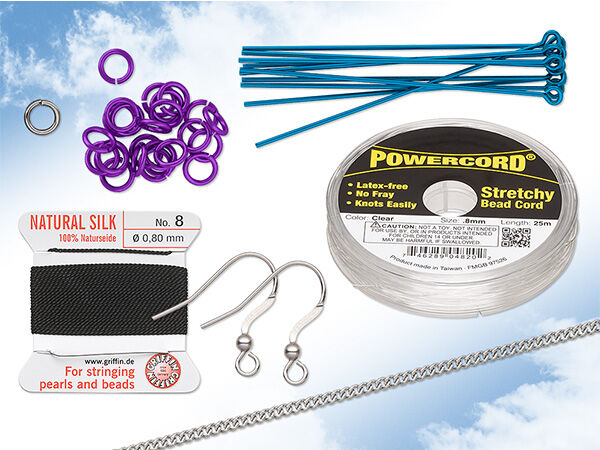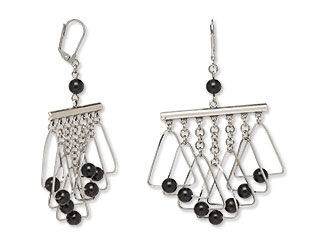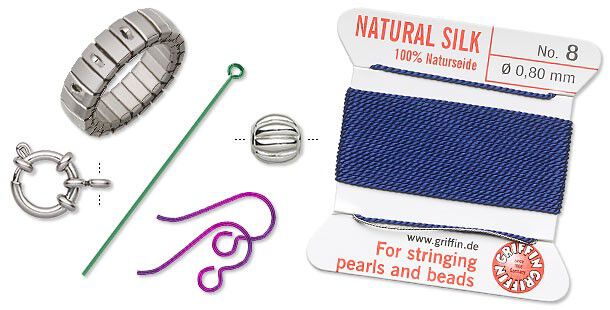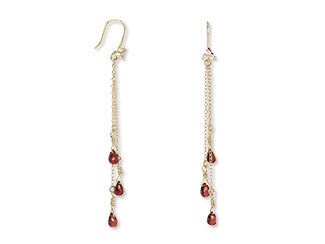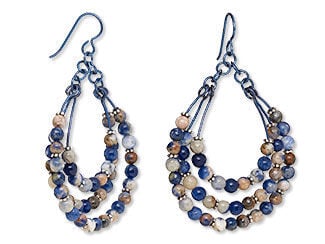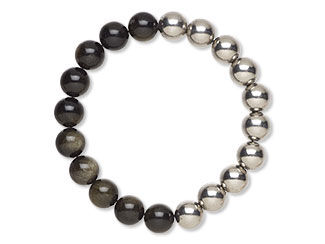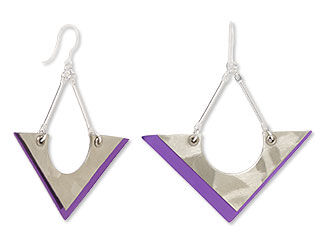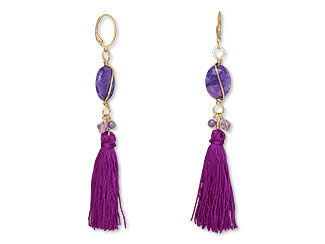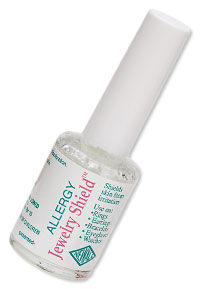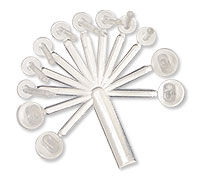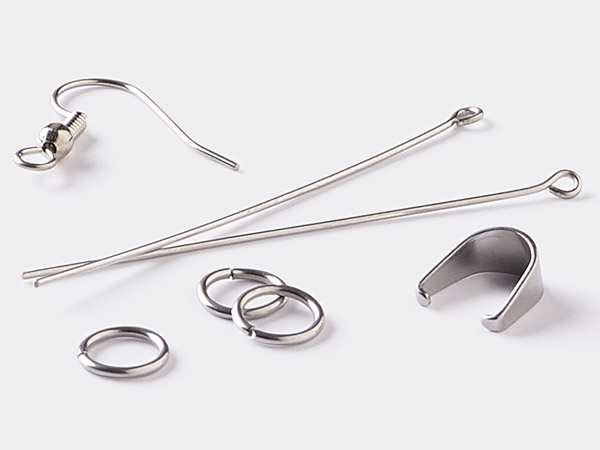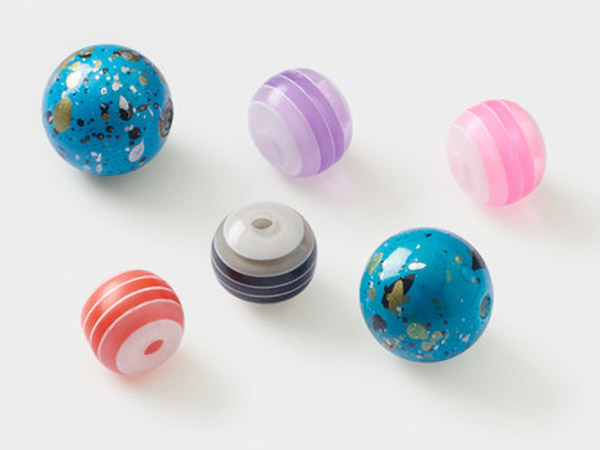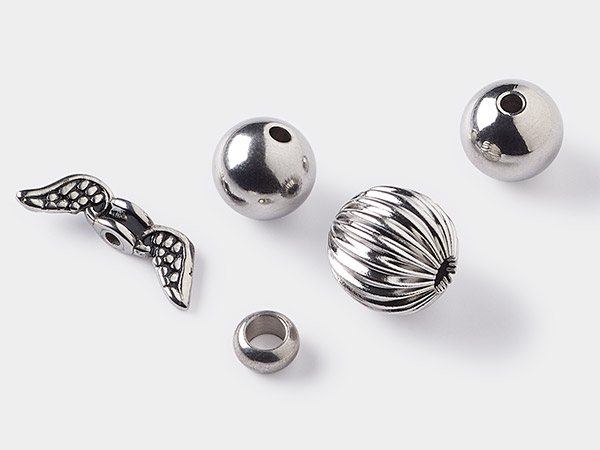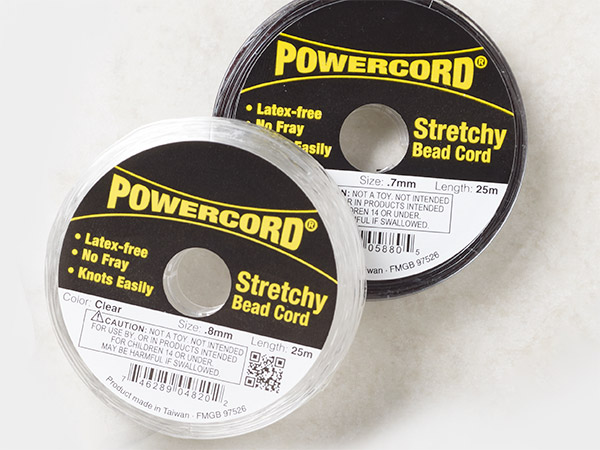Save Your Skin … and Your Style: Hypoallergenic Jewelry
Having a sensitivity to metals can take the sparkle out of wearing jewelry, but that doesn’t mean you have to put your favorite pieces away for good. We've got some handy tips and solutions for you to continue adorning yourself with bling, even if you have metal sensitivities.
Note: Always consult a healthcare professional if you're experiencing severe or persistent allergic reactions.
What Is a Jewelry Allergy
A jewelry allergy means you have a sensitivity to one or more metals in it. This can become even more pronounced with piercings because the metal is actually going through your skin, not just resting on it. Symptoms like itching, redness, rash, dry patches and swelling usually appear 12 to 48 hours after you’ve been in contact with the metal. It can look similar to a poison ivy rash, but will only show up where the jewelry touched your skin.
What Metals are People Allergic To?
People can be allergic to any metal, but one of the most common skin allergies is to nickel. This is partly because nickel is used in so many things, including jewelry, cell phones, coins, zippers, eyeglass frames, belt buckles and keys. Other metal culprits can include brass and copper. Sometimes metal alloys, which contain a mixture of two or more metallic elements, can trigger a similar reaction. Plated jewelry can involve the use of mixed metals, so be sure to note the metal description before purchasing.
If you are allergic to nickel, brass or copper, avoid jewelry that is most commonly made with these types of metals, including costume/fashion jewelry. Investing in higher-quality fine jewelry is a better choice.
Opting for Hypoallergenic Jewelry
The simplest answer for people who are sensitive to some jewelry-making materials is hypoallergenic jewelry. "Hypoallergenic" means "below normal" or "slightly" allergenic. Jewelry that has been classified as hypoallergenic means it contains little to no potentially irritating alloys. Hypoallergenic jewelry is created using components made from metals such as gold, niobium, stainless steel and titanium. Fire Mountain Gems and Beads offers a wide selection of hypoallergenic jewelry and jewelry-making supplies.
Hypoallergenic Jewelry-Making Materials
One way to ensure the jewelry you wear is safe for sensitive skin is to create it yourself. Here are the best materials to invest in for reaction-free designs:
Gold
Gold is one of the most commonly used metals in jewelry. Gold that is 14Kt and lower usually contains more nickel. Since gold is a soft metal, the nickel can easily be exposed. Both yellow and white gold above 18Kt are usually safe, although they still may contain some nickel. Fire Mountain Gems offers karat gold in a large selection of jewelry-making components.
Niobium
Niobium is a marvel metal of the world. Only recently introduced in jewelry components, niobium offers outstanding qualities, including being completely non-reactive with those who have sensitive skin or metal allergies. Check out the variety of niobium products, such as ear wires, head pins, eye pins and jump rings, with a few anodized items to create diverse colors.
Stainless Steel
Known for being highly resistant to corrosion, strong yet easy to work with, and hypoallergenic, stainless steel is a popular metal in the jewelry industry. Stainless steel is made of steel (a mix of iron and carbon), chromium, nickel, and small amounts of other elements. There are different grades of steel, but they can all be worn by most people without allergic reaction. The grade number of stainless steel is what defines the properties of the alloy mixed in, especially the nickel content. Steel that is 304 and 304L grade has a nickel content around 8 to 12% and is the same grade used in the food industry. Steel that is 316 and 316L is made with more resistance to corrosion. These grades have a nickel content of about 8 to 10.5% and are the same grade often used for temporary medical implants and medical tools. The 316L version of stainless steel has less carbon than 316 to provide even higher resistance to corrosion.
Titanium
Because of its light weight, durability and corrosion resistance, titanium is a popular metal for jewelry. Titanium is said to be almost completely hypoallergenic. While it does contain nickel, it is strongly embedded in the metal so the probability of an allergic reaction is not likely. In some cases, titanium is recommended instead of stainless steel.
Acrylic
If you want to play it completely safe and avoid metal altogether, consider the variety of findings and components made from acrylic, rubber, silicone, and nylon, which are readily available to the clever jewelry-maker. While acrylic earring findings are the most common items on the market, you can also find soft silicone necklace cords, plastic break-away clasps and other allergy-friendly pieces.
Hypoallergenic Stringing Materials
When creating hypoallergenic jewelry, it is important to use stringing materials that are allergen-free. Here are a few stringing materials options you can use to create an array of allergy-friendly jewelry designs.
Powercord®
High-quality elastic Powercord is ideal for making popular fast-selling chokers, bracelets, anklets, rings and more. Two major advantages of Powercord is that it is latex-free and returns to its original shape after stretching.
Silk Cord, Silk Ribbon and Silk Thread
Silk is a natural fiber made from cocoons of moth caterpillars, also known as silkworms. Quality silk is easily knottable, durable and great for beading "soft" gem materials such as pearls, glass beads and gemstones. It remains smooth with a soft sheen in wide selection of color options for producing professional results. Silk is often used for decorative creations such as weaving multicolored strands to enhance the colors of transparent beads.
What if I Want to Wear My Existing Jewelry and It Isn't Hypoallergenic?
If you still want to wear jewelry that causes an allergic reaction, these products can help save your style and skin. These easy-to-use jewelry allergy solutions are great to have on hand for anyone with skin sensitivities. Please note that these products are intended to help prevent skin reactions, however, skin reactions and skin sensitivity vary from person to person and there is no guarantee.
A paint-on resin product that brushes onto jewelry to shield skin from metallic irritation, working well on pierced earrings, wire and clip-on earrings, rings, watches, bracelets, clasps, eyeglasses and more.
Enjoy the freedom of being able to design and wear jewelry with allergy-free results for great skin and style.
These plastic sleeves and backs are designed to cover earring posts and prevent metal from contacting skin, both inside and out.
So now that you're armed with helpful knowledge about how to still wear the jewelry styles you love without the reaction, have fun rocking and creating those fabulous shinies!
Shop for Your Materials Here:
Have a question regarding this project? Email Customer Service.
Copyright Permissions
All works of authorship (articles, videos, tutorials and other creative works) are from the Fire Mountain Gems and Beads® Collection, and permission to copy is granted for non-commercial educational purposes only. All other reproduction requires written permission. For more information, please email copyrightpermission@firemtn.com.
